LCPS Changes Grading Policy Due to Covid-19
A comprehensive look at the what and why of the changes that have been implemented since students left school on March 11.
Students will have an opportunity to improve their yearly grade by completing 4th quarter work.
Due to the COVID-19 pandemic closing LCPS schools, the LCPS administration and school board decided to change how the 4th quarter would be graded as well as how final grades would work for students across the county. LCPS has been teaching its students through its Continuity in Education plan in which, according to the LCPS website, “Grades 3-12 will provide synchronous and asynchronous learning opportunities through Google Classroom.”
Dr. Ashley Ellis, the Assistant Superintendent for Instruction for LCPS, explained, “The decision was based on guidance from the Virginia Department of Education, input from the LCPS School Board, principals, and department chairs.” She described it as a “collaborative process among the Department of Instruction, Pupil Services with input from the School Board and principals.”
Denise Corbo, the School Board Member-At-Large for LCPS, described the community outreach in the decision, “We had a lot of out reach from the community.” She added, “I am a former Loudoun County teacher and I have many friends, who feel very comfortable reaching out to me and talking about how to get [students] engaged.”
Overall, the policy has it so that Quarter 4 does not affect students if they do not do any work, but it can help them. Quarter 4 can improve a student’s grade by one increment, for example if a student has a B, by doing work in Quarter 4, a student’s grade can be bumped up to a B+. Each teacher reached out to their students by May 13th to let them know what they needed to do in Quarter 4 in order to earn this bump and posted it in a shared google doc.
The LCPS presented their very comprehensive grading policy on their website. Student’s final grades will be calculated off on one of three calculations, and can also be different for each course, as explained on the LCPS website, “Each course will use its own calculation to provide the most advantageous result for the student.” Another option for the Final grade allows for, “Families [to] elect to convert a final grade from A+ through D- to P for any secondary course,” according to the new policy. Those classes switched to a P will not be calculated into a student’s GPA.
When it comes to Quarter 4 grades, which is from April 15th to the end of the school year, students will receive a P (pass) or N (not pass). As the LCPS website states, “Q4 grades will not be reflected on the report card,” and added, “Neither the P or N will be included in a student’s final grade”. Dr. Ellis also said, “There will be no mark on the report card [or transcript] for marking period 4,” and also added that, “college will not see anything [from Quarter 4].”
LCPS will use the pass and not pass system to “support the locally awarded verified credits process, and determine students who will need support over the summer of next year.” Yet, teachers can still “assign numeric values for assignments in the gradebook to track a students progress.” Standard and locally awarded verified credit, “will be awarded to students with final grades A+ to D- and P,” meaning that a student can still get an “N” for Quarter 4 and still receive verified credit.
The new policy also allows students to be able to improve their grades during Quarter 4 by one increment, as assistant principal Vereb explained, “If you had a B you could go up to a B+, or if you had a B+ [you] could go to an A.” As the policy states, “Fourth quarter effort can only improve the student’s average,” adding “the teacher may reference additional data to justify a positive adjustment of the Final Grade after Quarter 4.” Additional data includes a student’s progress in different assignments, such as progress in Edmentum and activity in Google Classroom, but this is left up to Team Leaders and Principals.
For Dominion, there are three groups of students and ways this policy affects their grades. For students who have 60% or above are passing, “students are expected to engage in their fourth quarter work, right, satisfactory performance in the fourth quarter would result in a bump,” Vereb said. How each teacher would grade Quarter 4th, and how a student would earn that bump, was sent out by email to each student by May 13th.
There is another group of students who, “currently have a 50 to a 59% in a class so they’re just below failing a class,” said Vereb. For those students, Vereb said, “teachers communicated with those students and parents let them know, hey at this point, your Titan is close to failing this course and will need to engage in fourth quarter effort in order to earn credit.”
Finally, there is a small group of students who have a 49% and below. Vereb said, “We’re asking [teachers] to communicate again and then say your student is failing. But will need to engage in fourth quarter work and previously taught content.”
When it comes to how this new policy will affect GPA, all GPA bumps, which include: honors, dual enrollment, AP, AET, and AOS, remain in effect. If the Pass/Fail option is chosen for one’s Final Grade, that course will not be calculated into one’s GPA.
While Quarter 4 grades can only have a positive impact on a student’s final grade, Dr. Ellis stated, “We hope students stay engaged in distance learning during the 4th quarter, and we also recognize that each student’s situation is different.” Corbo echoed a similar sentiment, “We couldn’t do anything to penalize students, because we couldn’t guarantee that every student would have the opportunity to engage..”
At Dominion, teachers and Administration are working very hard to make distance learning run smoothly. Ms. Vereb said, “Big shoutout to our teachers, this had really just been bestowed upon them and they’re learning on the fly and our teachers are doing a phenomenal job.” There is also a certain amount of excitement for students, “Honestly, [the] majority of our students have been really respectful, kind, engaging, [and] excited to be back with their peers and with their teachers and engaging and learning,” Vereb said..
Yet, participation in synchronous learning has been low, “Some feedback is that synchronous sessions are not always filled to the brim, I think teachers on average, 50% of our classes or maybe even a little less,” Vereb said. Despite low attendance, teachers are still hard at work, Vereb said, “A lot of our students are engaging and learning, and that’s a testament to our teachers, they’re putting out quality content, and thoughtful engagement, trying to make the 30 minutes a wellness check [and] honestly trying to make it engaging and a touch point with their students.”
Still, Corbo emphasized the hope that students would still be able to be engaged during this time. As she publicly suggested to that schools, “should come up with a way to reach out to all of the kids that aren’t engaged to just check on that,” she expanded, “[for example] a one to one phone call because some families have no computers or technology at home, that could be the problem maybe they didn’t know how to use it.” Corbo expressed the importance for schools to be reaching out to students who may be struggling, “I think that we need to have something in place where families are called, and we are accountable for all of our students in some way.”
The school board approved the new policy on April 28th, Dr. Ellis said, “I don’t anticipate any additional changes.”
LCPS has also been forced to look at the 2020-2021 under the lens of COVID-19. “The superintendent proposed what he calls sprint groups where they are going to have groups of the representatives of the community come together to talk about our different scenario planning,” Corbo said. Dr. Ellis said of the 2020-2021 school year, “LCPS is planning for multiple scenarios for the 20-21 school year, including returning to school without physical distancing measures in place, returning to school with significant physical distancing measures in place, and returning to distance learning,” she also added, “We are learning from our experiences with distance learning this year to inform our plans for the future.”
As of now there are three different scenarios, the first scenario being, “100% distance learning,” the second scenario being physical distancing but in school, “kids will come to school and maybe a lot less kids in the class or maybe work on schedules, we don’t know, but it’ll be some sort of in school but with distancing,” and the third option would be, “school as normal,” Corbo said.
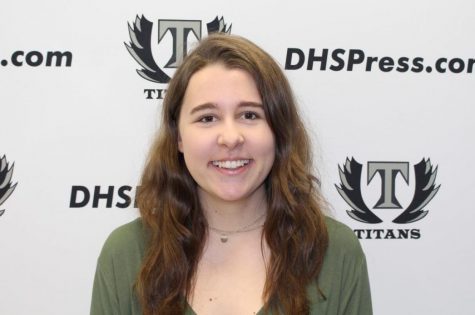
Morgan Fischer has been on the DHS Press Staff since 2017, and first wrote for them in 2016. Now a senior, Fischer was named Editor-in-Chief in 2018. She...





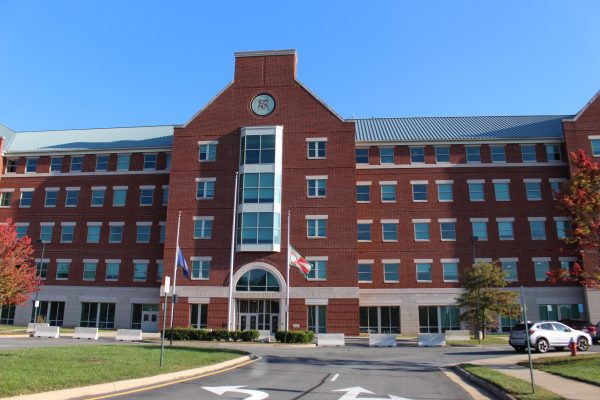
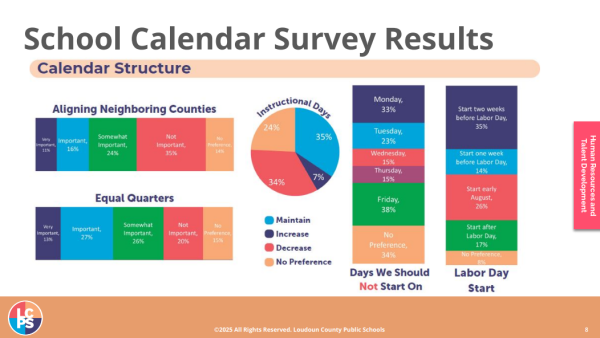
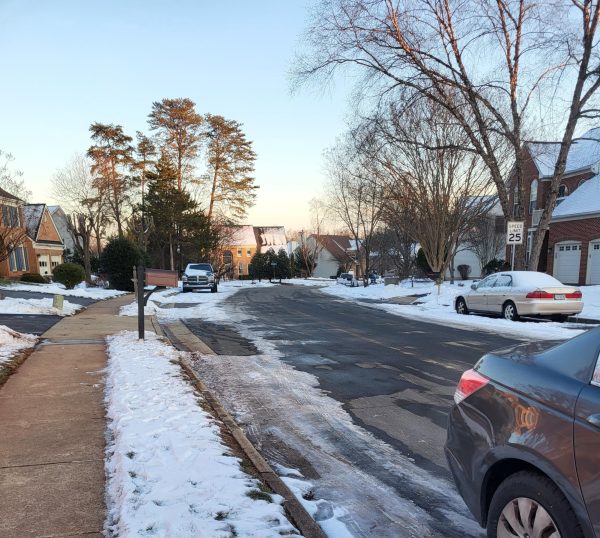

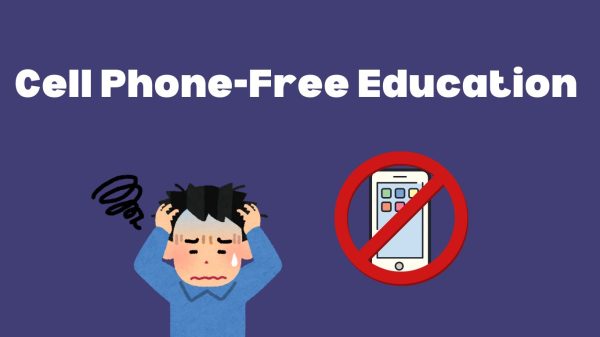
Sheryl Gusman • May 20, 2020 at 4:18 pm
It is important to note that the policy only applies to LCPS grades, not the grades DE students earn from their Dual Enrollment colleges.